Recently I uploaded a post which contained a recipe and a photo (after all it's fairly common knowledge that images help increase engagement). The post did well garnering more than 100 shares and 200 likes. Yet, something interesting happened. The next day I posted on the same page a post that contained no photo. The text-only post reached twice as many people as the popular recipe post, even though it had far less engagement. I tested the text-only approach again on a different page and received the same results.So why does a post without a photo almost double your reach instantly? Here's one guess - the post without an image shows up in the news ticker on Facebook. When you upload a post with a photo the Facebook ticker simply reads: "(insert page name) posted a photo" versus the actual text of your post. If people don't click on the news ticker, and Facebook decides not to serve up your post because of its newsfeed algorithm, your reach may remain low.
I'm a believer in images, especially interesting, eye-catching photos, but lately, I'm also a believer in occasionally throwing in a few text-only posts. They help increase your reach, and in a newsfeed that is now flooded with photos, can help you to actually stand out. Go figure...what's old is new. That's the thing about social, it constantly pushes you to test, try and reinvent yourself in order to keep your place in the newsfeed.
What have you done to reinvent your content lately?

